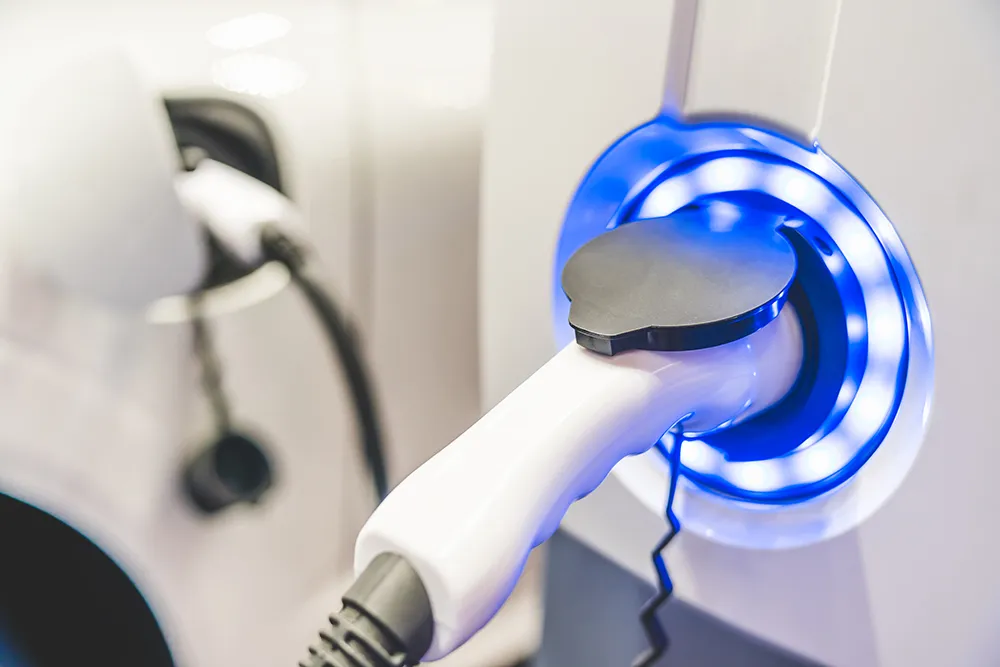Speaking at this week’s ITS European Congress in Eindhoven, Netherlands, Steven Wilkins, senior research scientist at
“Connected to that is downsizing the engine. We very much want to increase the electric range of these types of vehicles much more significantly than at present,” he added.
Research group TNO is responsible for the overall technical coordination of ORCA, an initiative which seeks to design a greener and affordable hybrid drivetrain for heavy duty vehicles.
Wilkins posed the question of the type of ITS data that is needed for the vehicles to run to the audience at a session entitled Contribution of ITS to improve efficiency and reduce Heavy Duty Vehicle emissions.
“Within a city area, perhaps supported by a lot of charging infrastructure you may have the ability for the vehicles to be highly electric, and for longer distances we stay more with a more liquid fuel,” he continued. “But there is a whole class of vehicles that need to operate within the city centre but have the extended range of longer distances, so this mixed functionality becomes important for being able to predict ahead exactly what the vehicle is going to do.”
Heavy duty hybrids to go zero-emission in cities, says TNO
Heavy duty hybrid vehicles in future may need to switch to zero emissions when entering a city - and be competitive in their total cost of ownership.
Speaking at this week’s ITS European Congress in Eindhoven, Netherlands, Steven Wilkins, senior research scientist at TNO, discussed the ORCA (optimised real-world cost-competitive modular hybrid architecture for heavy duty vehicles) project’s objectives of matching the total cost of ownership with efficiency.
“Connected to that is downsizing the engine
June 5, 2019
Read time: 2 mins
Heavy duty hybrid vehicles in future may need to switch to zero emissions when entering a city - and be competitive in their total cost of ownership.
Related Content












